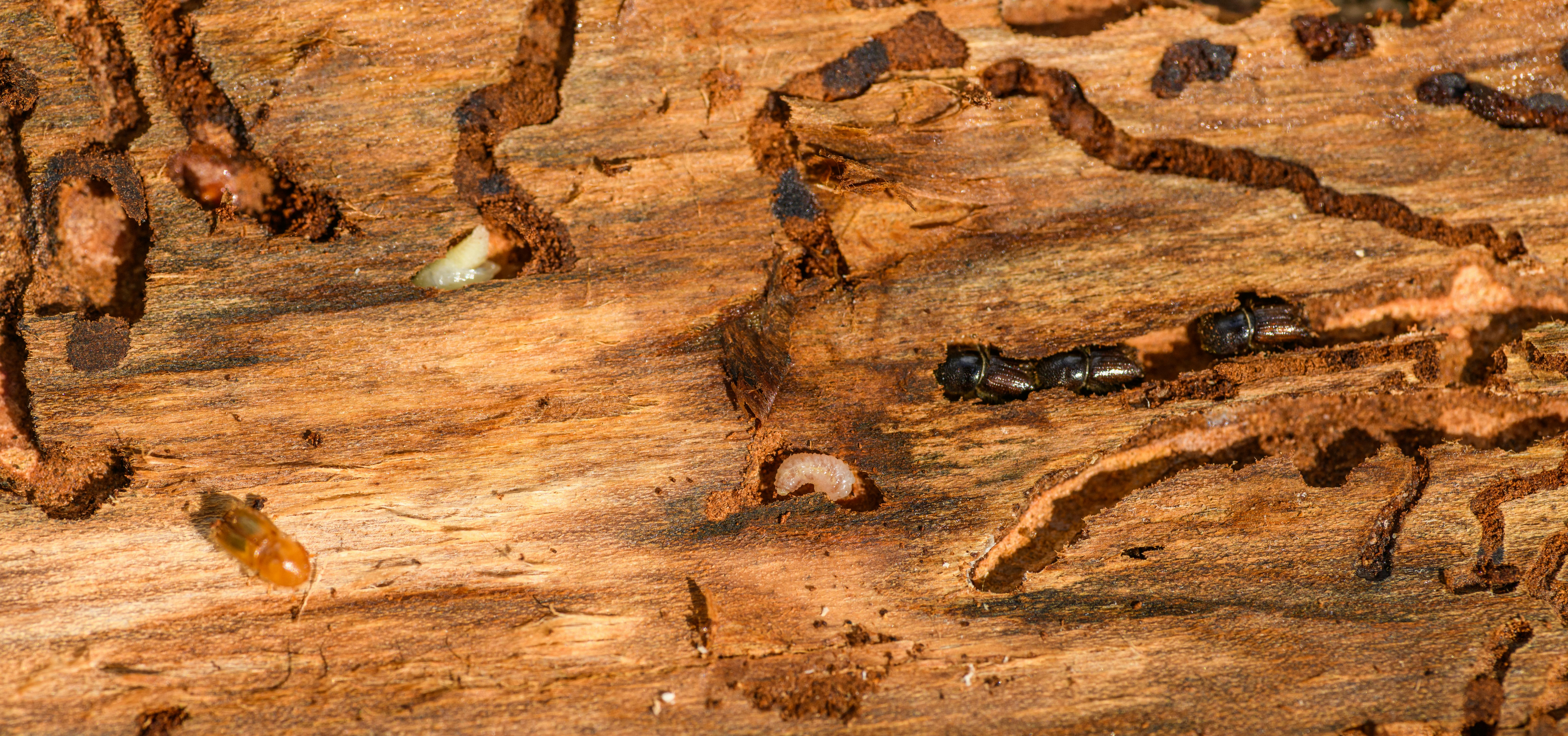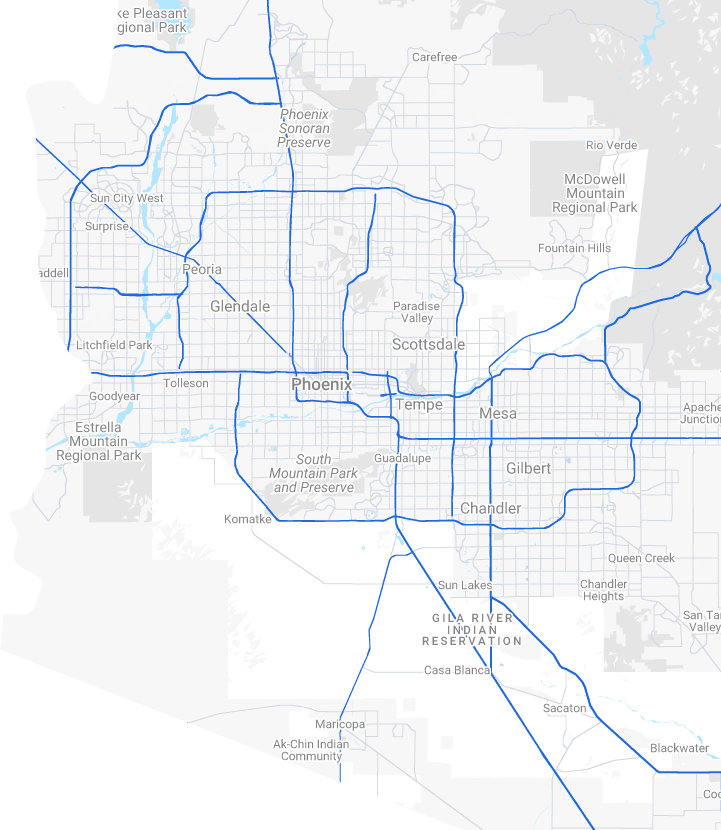Termite damage in the U.S. costs homeowners over $5 billion yearly. Spotting termite infestation indicators early can be key. Termite droppings, or frass, are often missed as a sign of their activity.
Finding termite droppings on the ceiling might hint at unseen harm they’re causing. Yet, these signs aren’t always easy to see. Drywood termites leave behind tiny pellet-like droppings, looking like sand. These are commonly discovered under infected wood’s kick-out holes.
Subterranean termites, however, blend their droppings with soil to create mud tubes. Detecting these pellets among regular dirt or sawdust can be hard. But telling them apart is crucial. Acting late could mean significant harm and costly repairs not insured by many home plans.
Key Takeaways
- Termite damage costs U.S. homeowners over $5 billion each year.
- Most home insurances don’t cover damages from termites.
- Drywood termites’ droppings look like sand and sawdust.
- Subterranean termites use theirs for mud tubes.
- Finding droppings early can prevent expensive repairs.
Understanding Termite Droppings: What is Termite Frass?
Termite droppings, or frass, are a sign of termites in wood. They are small and show that the termites have been eating the wood.
Definition of Termite Frass
Frass is what termites leave behind. It’s small, oval-shaped poop, about 1mm long. These are pushed out of the nest, showing drywood termite activity.
Appearance of Termite Droppings
Termite droppings might look like sawdust or sand. They have a unique shape, oval with six sides and rounded ends. This look helps you spot them among other debris.
Color Variations in Termite Frass
The color of frass changes with the wood the termites eat. It can be light or dark, adding to the challenge of spotting infestations. Looking closely at the color and the wood around can help in identifying problems.
How to Identify Termite Droppings
Spotting termite droppings early is key to tackling an infestation soon. Termite droppings, called frass, are telltale signs of termites. Knowing how to recognize them helps homeowners act fast to defend their homes against these pests.
Characteristics of Drywood Termite Droppings
Drywood termite droppings stand out because of their size, shape, and color. They’re tiny pellets with six sides and round tips. The color changes based on the wood the termites eat. Spotting these details can help you accurately find termite droppings.
Differences Between Termite Droppings and Sawdust
Telling termite droppings apart from sawdust is crucial. Termite droppings are neat and pellet-shaped unlike the messy look of sawdust. Under a microscope, termite droppings show a more even shape than sawdust. Also, termites use their droppings to make mud tubes but not drywood termites. Knowing these distinctions is vital for spotting true termite threats and not confusing them with pests like carpenter ants.
Do Termites Leave Droppings?
Yes, termites, especially the drywood kind, do leave droppings. These are called frass. They push out these waste pellets from tiny holes in the wood. This can create piles that look like salt or pepper.
But, not all termites show their waste. The subterranean ones use their waste for housing. They build their homes and mud tunnels with it. So, finding their droppings may not always mean they’re around.
It’s crucial for homeowners to watch for termite droppings. They can signal a big problem. Seeing this should prompt quick action to avoid further damage.
Signs of Termite Activity: Droppings and Beyond
It’s important to know the signs of termite activity early. This helps in stopping damage quickly. While termite droppings (frass) tell us termites might be around, there are other ways they show up.
Other Signs of Drywood Termites
Drywood termites have their own termite infestation indicators. Look for swarmers or winged termites. They are easy to notice because they gather around lights. You’ll find their shed wings around your home.
These termites also leave behind hollowed wood and paper-thin surfaces. If you see this, there’s a good chance they’re there.
Subterranean Termite Indicators
Subterranean termites are a bit sneakier. But, they leave mud tubes as they travel from nests to wood. You can find these tubes on foundation walls, in basements, and crawlspaces. Seeing these tubes means they might be in your home.
Termite Droppings Locations: Common Spots to Check
When you’re looking for signs of termites, knowing where to check is key. Make sure to check places like windowsills, door frames, and baseboards. These are common spots for termites to leave their droppings.
Near Wooden Structures
Wooden structures are a top place to look for termite droppings. Termites love wood, making these areas prime targets. Remember to inspect windowsills, door frames, and baseboards for signs.
In Basements and Crawlspaces
Basements and crawlspaces are favorite spots for termites. Since wood touches the ground here, it’s perfect for them. Look under carpets and around wooden beams for their droppings.
Inside Mud Tubes
Subterranean termites make mud tubes. These are basically tunnels that help them travel to wood sources. You might find these mud tubes under homes or along foundations. They show where to look for termite droppings.
Being thorough with inspections helps find termite droppings early. This lets you act fast to save your home from damage.
Are Termite Droppings a Health Concern?
Termite droppings, or termite waste, don’t usually make people sick. But, they might cause problems for those with allergies. Termite droppings are not like cockroach waste, which can spread diseases. Still, it’s smart to avoid touching termite droppings and to clean them up carefully.
Finding termite waste can tip you off to a possible termite problem. Termites do a lot of damage every year. Looking for signs of termites early can save you a lot of trouble and money.
Cleaning up termite waste means using gloves and a mask to protect yourself. If the waste is everywhere, it might be time to get help from a termite control professional. Checking for termites often and getting rid of them quickly can prevent health risks and keep your home safe.
What to Do If You Find Termite Droppings
Finding termite droppings at home can be scary. It means there could be termites and damage to the wood. Taking quick and right steps is key to stop any more problems.
Steps to Take for Identification
Start by doing a full termite inspection. Figure out if the droppings are from drywood termites or another kind. The droppings look like tiny, wood-colored balls. Check for other signs like damaged wood or mud tubes to be sure it’s termites.
Contacting a Termite Control Professional
If you find termite droppings, call a termite control expert. They know how to see how big the problem is and what to do about it. Always work with a pest control service that’s certified to make sure it’s handled right.
Cleaning Up Termite Droppings
Getting rid of termite droppings, or frass, is not hard. Wear protective gear, especially if you have allergies. Use a vacuum or broom to clean up, and throw them away safely. Doing this often stops allergens and keeps your place clean.
Dealing with termites fast and getting regular checks can save your home from big damage and expensive fixes. These steps make sure you have a safer, healthier place to live.
Conclusion
Finding termite droppings, or frass, is key to spotting termite issues early. These pellets are usually near kick-out holes, showing drywood termites might be around. On the other hand, subterranean termites make mud tubes, not droppings.
Inspecting places like wooden structures, basements, and crawlspaces can find termite waste. This can help catch them before they do too much damage.
Dealing with termites, bed bugs, and cockroaches on your own can be hard. It’s often best to get help from pros. ACTION Termite Control is a trusted choice, with 50 years of experience and great reviews.
If you find termite droppings, act quickly. A termite expert can confirm the problem and make a plan to treat it. They can stop damage to your home. You might pay between $100-$250 for a single treatment, or $500-$1,000 for more work.










